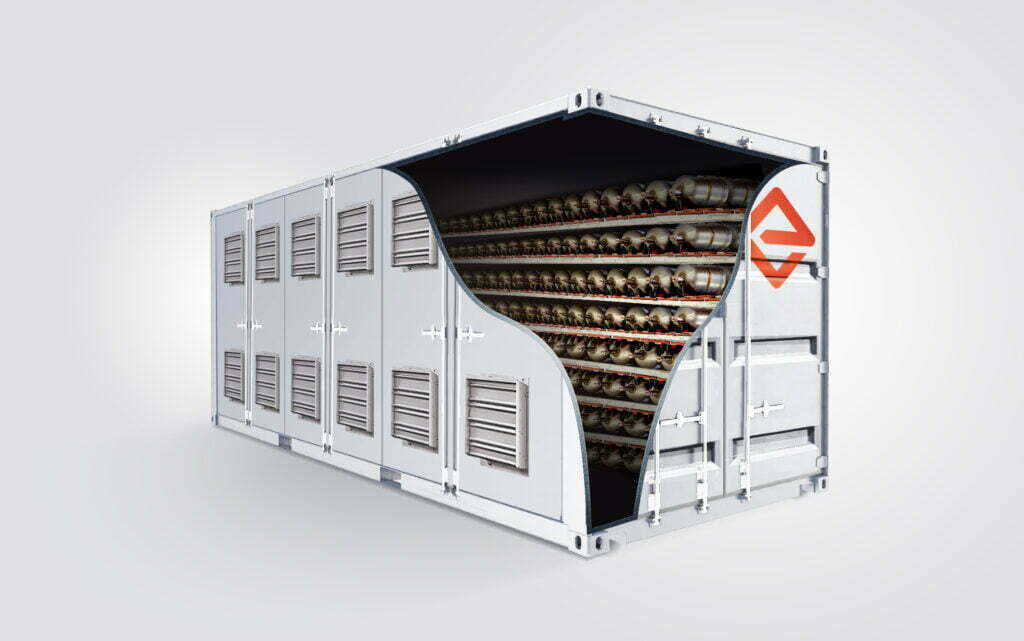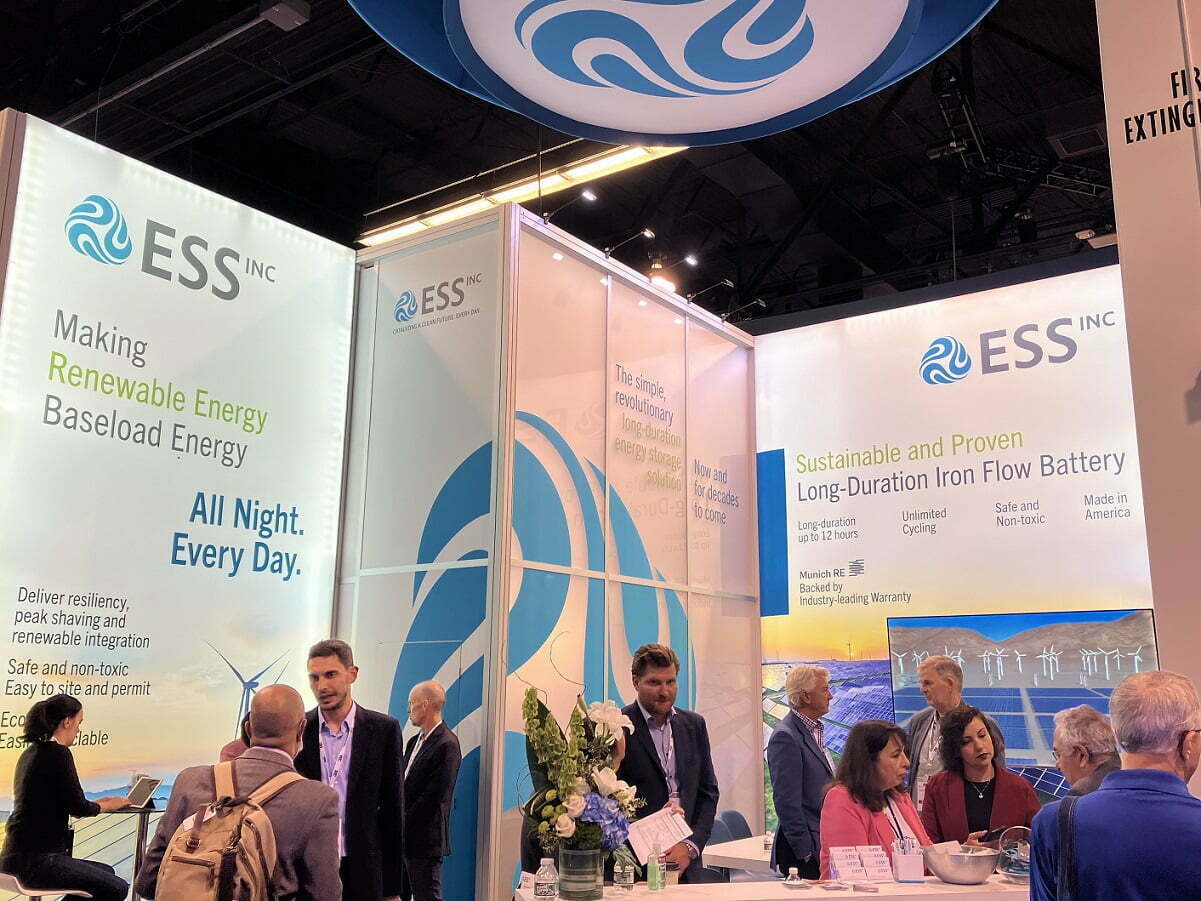The Baker-Polito administration is releasing $3.6 million in Minority- and Women-Owned Business Enterprises Support Implementation and Planning Grants and Equity Workforce Training Grants to support 25 organizations committed to expanding access to career and business opportunities in climate-critical fields.
The awards, provided through the Massachusetts Clean Energy Center (MassCEC), will address the need to grow Massachusetts’ clean energy workforce as well as prioritize diversity, equity and inclusion efforts.
“It is critical that we foster a vibrant, clean energy sector that will enable the Commonwealth to confront the many challenges associated with climate change and secure a clean energy future that will greatly benefit the state for many generations to come,” states Gov. Charlie Baker. “These grants will further support our ongoing efforts to strengthen the industry, which includes creating opportunities that provide a clear entry into a variety of clean energy fields to ensure a diverse and talented workforce is developed.”
“Equitable growth of the clean energy industry not only ensures the sector’s sustainability but also provides important benefits of generating a strong workforce within the sector, providing economic benefits within our communities and regions throughout the state,” says Lt. Gov. Karyn Polito. “Our administration is proud to partner with these incredible organizations to expand access within clean energy as we work together to mitigate the impacts of climate change.”
Equity Workforce Training Grants have been awarded to 16 organizations for designing programs to prepare members of environmental justice (EJ) communities and fossil fuel workers for clean energy careers. Each $50,000 grant will reduce barriers faced by underserved individuals as grantees conduct research, develop partnerships and design the frameworks to create new job training pipelines to high-quality career pathways.
Additionally, Minority- and Women-Owned Business Enterprises Support Implementation and Planning Grants were awarded to nine Massachusetts community-based organizations to advance efforts to assist over 199 Minority- and Women-Owned Business Enterprises (MWBE). MWBE support grants will facilitate the exploration, development and implementation of innovative training opportunities for Massachusetts-based MWBE companies. The grants of up to $1 million each will support MWBE entry, creation and expansion into fields critical to meeting net-zero goals. Funding for both programs was provided by MassCEC’s Workforce Equity programming, which was created following the enactment of the 2021 Climate Roadmap Act.
“It is crucial that Massachusetts continues to develop a qualified, well-trained, and diverse workforce within the clean energy sector that is able to both expand the industry and directly contribute to its continued success,” adds Energy and Environmental Affairs Secretary Beth Card. “The Baker-Polito Administration actively seeks partnerships so that we can work together to achieve our shared clean energy and decarbonization goals, and these Equity Workforce Training and Minority- and Women-Owned Business Enterprises Support Implementation and Planning Grants are an important contribution to that effort.”
The nine MWBE support organizations are receiving $2.8 million to develop statewide programming, as well as location-specific support in communities. Similarly, the 16 Equity Workforce Planning grant awards will support statewide training and more targeted locations throughout the Commonwealth, including specific EJ communities. The equity workforce planning grantees will focus on developing holistic workforce programs that provide technical training paired with placement opportunities and extensive support services.
“The Baker-Polito Administration is proud to announce these Equity Workforce Training and MWBE grants, which supports focused, targeted programming to the communities they serve,” comments Jennifer Daloisio, MassCEC’s CEO. “These grants reflect MassCEC’s commitment to both growing the clean energy economy and increasing diversity, equity, and inclusion in the sector. Importantly, these awardees have created exceptional plans and we can’t wait to see their programs thrive.”
Browning the Green Space (BGS) is receiving $508,500 to support 50 MWBEs. BGS will create more MWBEs by expanding the Accelerating Contractors of Color in Energy for Sustainable Success (ACCESS) program. ACCESS is an eight-week contractor boot camp for aspiring energy efficiency and renewable energy business owners that provides curated consulting, coaching, connections, mentorship, and access to capital.
Greentown Labs is gaining up to $500,000 to support 18 MWBEs. Greentown Labs will operate the accelerator program, Advancing Climatetech and Clean Energy Leaders (ACCEL), to accelerate high-growth, tech innovation-based MWBE startups towards investment, partnerships and customers.
Greater New England Minority Supplier Development Council (GNEMSDC) is receiving up to $500,000 to support 75 MWBEs. GNEMSDC will help MWBEs become aware of opportunities to obtain contracts in climate critical areas, build their financial and intellectual capital, and provide MWBE certifications, leveraging grants from the U.S. Department of Commerce.
GreenRoots Chelsea is getting $50,000 to explore training a wide range of people of color, workers in the fossil fuel industry, and youth from Chelsea and East Boston to enter the clean energy sector locally in careers related to solar energy and microgrids.
Sustainable Business Network of Massachusetts (SBN) is developing the SBN Solar Business Accelerator with $50,000 to support the creation of new workforce programs to grow the solar industry. SBN will focus on jobs beyond electrical engineers and electricians, such as sales and marketing, information technology, drone operation, community engagement ambassadors, and vegetation management.
Read about additional organizations that received funding here.
Image: Nuno Marques on Unsplash
Continue reading










